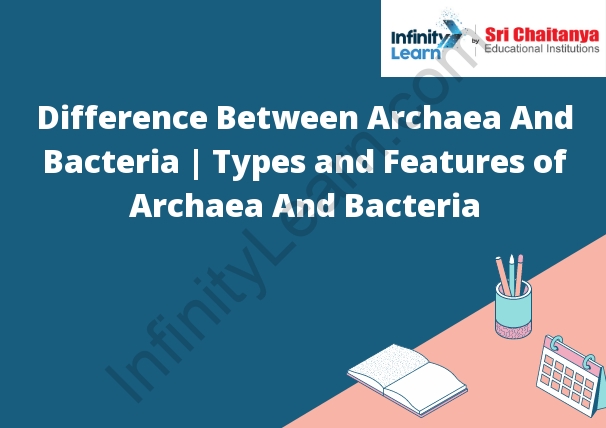About Archaea and Bacteria: Types and Features of Archaea And Bacteria
rchaea and bacteria are two of the most primitive forms of life on Earth. Archaea are single-celled organisms that resemble bacteria but have some unique features. Bacteria are single-celled organisms that are much more diverse than archaea. Both archaea and bacteria are prokaryotes, meaning that they lack a true nucleus.
Archaea were first discovered in the 1970s. They are found in extreme environments such as hot springs, salt lakes, and deep-sea vents. Archaea are able to survive in these harsh environments because they have unique adaptations, such as the ability to use extreme temperatures and acidity as energy sources.
Bacteria were first discovered in the 17th century. They are found in nearly every environment on Earth, including soil, water, and the human body. Bacteria are much more diverse than archaea and can be beneficial or harmful to humans.
Both archaea and bacteria are important for the Earth’s ecosystem. Archaea play a role in the nitrogen cycle by breaking down organic matter. Bacteria are also important for breaking down organic matter, as well as for producing oxygen and nitrogen.
Archaea and bacteria are two of the most important groups of living organisms on Earth. Archaea are single-celled organisms that lack a nucleus and other organelles found in eukaryotic cells. Bacteria are single-celled organisms that lack a nucleus but have other organelles.
Archaea and bacteria share many features, including the ability to obtain energy from organic and inorganic molecules, the ability to reproduce, and the ability to respond to environmental stimuli. However, there are some important differences between these two groups of organisms.
Archaea are typically smaller than bacteria and have a different shape. They are typically rod-shaped or spiral-shaped, while bacteria are typically spheres, rods, or cylinders.
Archaea and bacteria also have different cell walls. The cell walls of bacteria are made of peptidoglycan, while the cell walls of archaea are made of a different type of molecule called glycoprotein.
Archaea and bacteria also differ in the type of genetic material they use. Bacteria use DNA, while archaea use a molecule called RNA.
Finally, archaea and bacteria differ in the type of enzymes they use to break down food. Bacteria use a group of enzymes called proteases, while archaea use a group of enzymes called metalloenzymes.
There are two types of prokaryotic cells- archaea and bacteria. The two types of cells share a lot of common features but also have some unique features.
Archaea are prokaryotic cells that are found in extreme environments such as hot springs and salt lakes. They are able to survive in these environments because they have adapted to high temperatures and high levels of salt. One of the unique features of archaea is their ability to produce energy through a process called methanogenesis.
Bacteria are prokaryotic cells that are found all over the world. They can be found in soil, water, and in the human body. Bacteria are able to survive in a wide range of environments because they have a variety of adaptations. One of the unique features of bacteria is their ability to produce energy through a process called photosynthesis.






